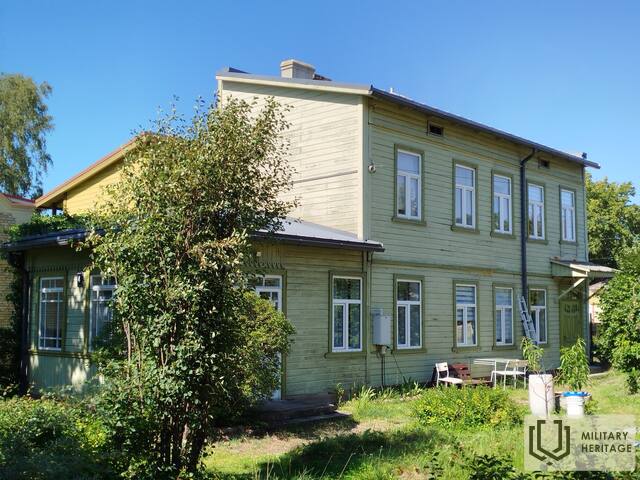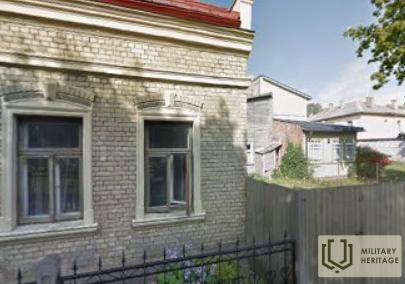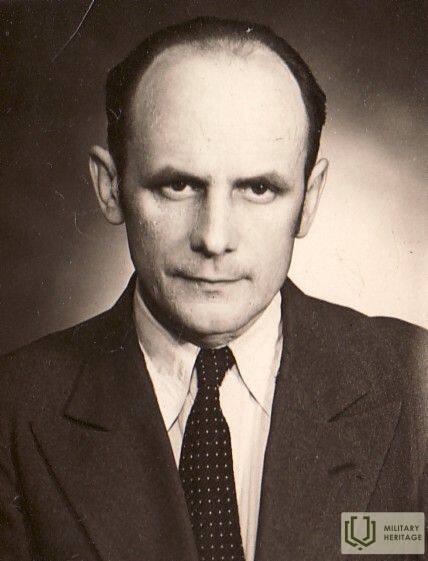Здание в Вентспилсе, где в 1944-1945 гг. В 2010 году представитель ЛКП и организатор движения лодок с беженцами доктор проживал в Курземе. Вальдемарс Гинтерс
Мемориальный комплекс

Дом на улице Катринес, 4, Вентспилс, где работал археолог Валдемар Эинтерс.
С октября 1944 года по 8 мая 1945 года представителем ЛКП в Курземе был археолог Вальдемарс Чинтерс (прозвища «Доктор», «Садовник») (1899–1979). Участник Освободительной войны Латвии, директор Государственного исторического музея и доцент Латвийского университета. Награжден орденом Лачплешской войны и орденом Трех звезд. Один из подписантов меморандума ЛКП от 17 марта 1944 года. Жил в Швеции после Второй мировой войны. С 1949 по 1979 год председатель правления Латвийского национального фонда.
Используемые источники и ссылки:
Б. Эглая. Валдемарс Джинтерс - археолог и личность // Сквозь века. Сборник статей, посвященный Вальдемару Гинтеру. Рига: Латвийский исторический музей, 2000, 7-11. п.
Рожденный Орел. Деятельность Центрального совета Латвии (1943-1945): Лодочные походы // Латвийская государственность 90. Независимость Латвийского государства: идея и реализация. Рига: Издание Института истории Латвии, 2010, 280-297. п.
Связанная хронология
Связанные темы
Связанные истории
Первая лодка беженцев «Рвение» из Бамбали.
31 октября 1944 года судно "Centība" покинуло побережье Курземе. Отплытие этого судна было реконструировано Валентине Ласмане, председателем Латвийского центрального совета, по воспоминаниям нескольких пассажиров.
Тайная и опасная деятельность Вальдемара Гюнтера
Имя Валдемара Эинтера было последней надеждой многих латвийских беженцев бежать в Швецию. Слишком большое внимание со стороны беглецов было опасно, и поэтому Гюнтер сохранял секретность.
Успешный побег Валентины Ласманес
Биографический рассказ Валентины Ласманес о том, как ей удалось бежать из-под стражи во время немецкой оккупации.
Место, где лодки беженцев переправлялись с берегов Курляндии в Швецию, возле домов «Пажи».
Одним из важных мест переселения стал район домов «Паж», где сейчас установлен памятник «Парус надежды». «Лодки приходили регулярно, и большинство людей уходили из «Пажи»», - вспоминает И. Фрейберг.


















